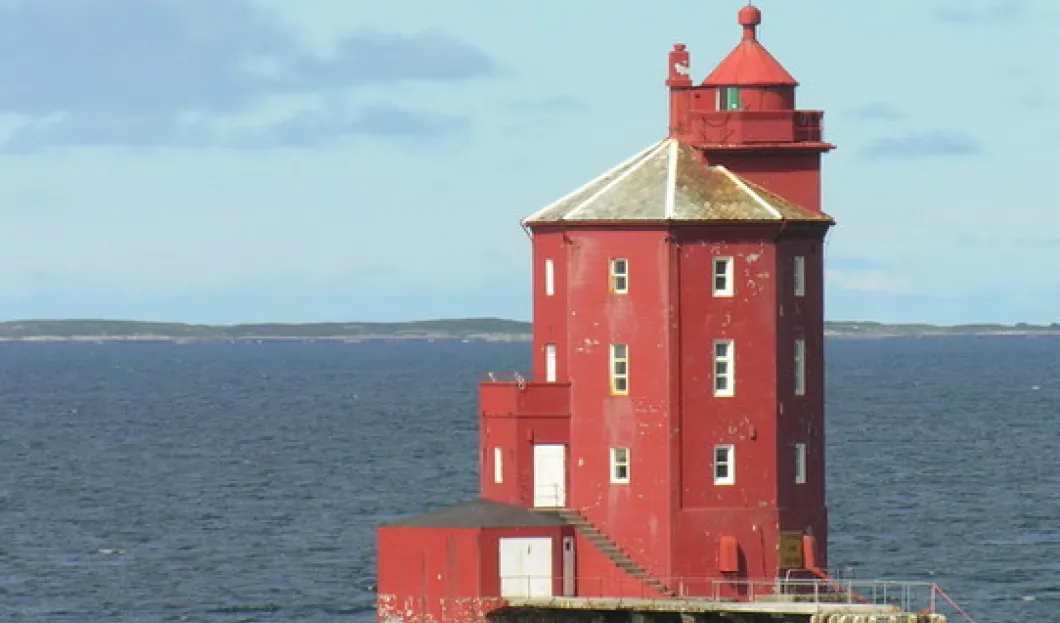
Europa Nostra and AkzoNobel have launched a unique Guide to Colourful Europe to highlight the importance of heritage protection.
In order to raise awareness about the threat climate change poses to Europe’s heritage and to introduce Europeans to lesser-known historical sites throughout the continent, Europa Nostra, the Voice of Cultural Heritage in Europe, and AkzoNobel, a paint and coatings company, have joined forces to launch the first edition of the Guide to Colourful Europe.
Europe is home to a plethora of colourful heritage buildings and sites which are powerful symbols of the local cultural history and diversity, provoking thoughts, memories and emotions. Rather than the plain masonry of Europe’s many cathedrals and palaces, the Guide seeks to highlight many examples spread throughout the continent of distinctive detailing and colour palates, dramatic juxtapositions of tint and tone, and uplifting splashes of brightness, which add local colour and create traditions in vernacular architecture and urban settings.
Many of the sites in the Guide are at risk and there is a threat of permanent damage due to the consequences of rising temperatures, flash flooding or rising water levels, and increasingly violent storms. Climate change has been a hot topic for years, however, one area that is often ignored is the impact climate change will have on Europe’s heritage buildings and sites.
For example, the impressive painted monasteries of Bucovina in Romania are facing and will continue to face increasingly harsh conditions which the paint was not intended to withstand. Restoration of these unique monasteries would be difficult - if not nearly impossible - due to the way they were created. After the original artists quickly painted their scenes, the colour reacted with the minerals of the mortar that was directly applied to the walls, fixing the colour to the surfaces. To restore these buildings, this process would most likely have to be repeated, with the risk of damaging the surrounding scenes. Furthermore, the chemical composition of the blue used as the signature colour of the monastery in Voronet remains a mystery more than 500 years after the church was built. The beauty of this monastery risks being lost forever.
Rising water levels will threaten such heritage sites as the Zaanse Schans windmills, close to Amsterdam, and the unique and striking Kjeungskjaer Lighthouse in Norway. Longstanding restorations will not be able to counter rising sea levels.
Over a much longer period of time, temperature changes could impact the wine region of Alsace, France. The natural heritage of the region will have a direct impact on built heritage. As one of the main economic forces in the region is wine production, any major impact on the quality of the wine production due to climate change will lead to economic decline and will begin affecting the preservation of these charming, meticulously preserved medieval villages.
As is often the case, lesser-known sites, such as the ones selected for the Guide, are often the first ones to fall into disrepair due to neglect or apathy. Thus, it is the hope of Europa Nostra and AkzoNobel that by raising awareness of the beauty and the value of these unique sites of cultural heritage, that European citizens will become more actively involved in preserving these and other heritage sites before they are permanently damaged or, even worse, disappear.











The guide is awesome. Beautiful pictures and interesting information. Never heard about many of the listed places.